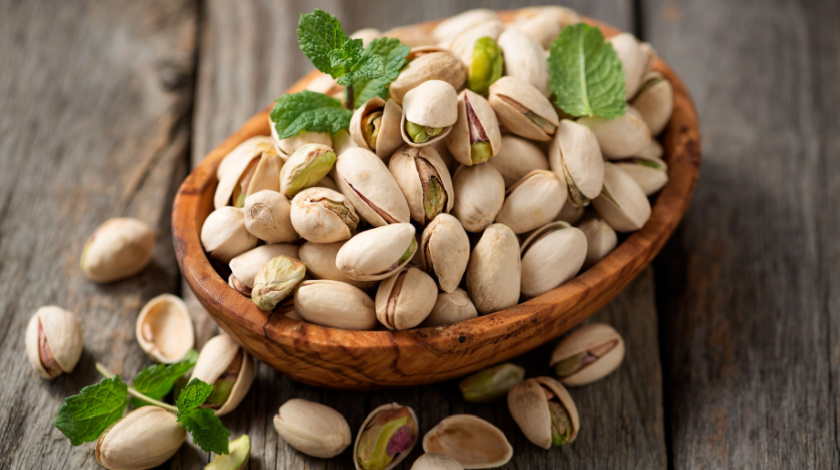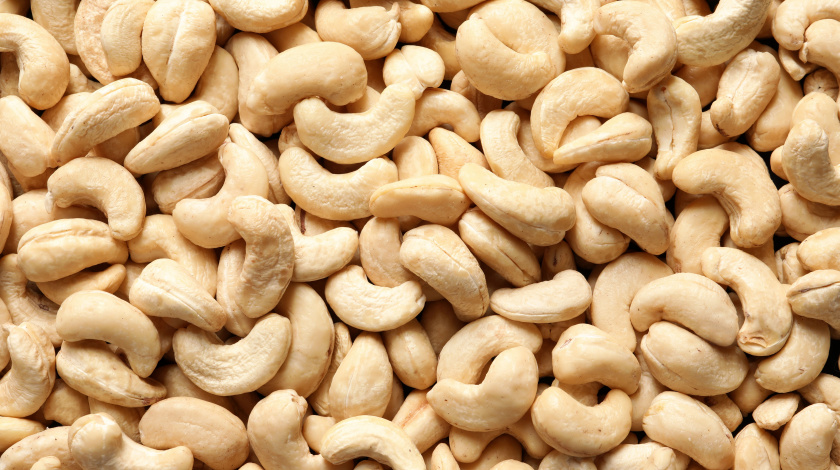Glucometer typically generates negative emotions, and the reason is because it is synonymous with diabetes, an illness which is overwhelming and anxiety-ridden. Even so, this device is becoming quite popular with non-diabetic / pre-diabetic folks and athletes who aspire to monitor their glucose levels during and after workouts. Interestingly, even people with type-2 diabetes use blood glucose machines to reverse this illness through carefully supervised physical activities. Today, apart from people with diabetes/sportspersons, even fitness ninjas exploit glucose meters. While the former employ this compact medical gadget to optimise their food (especially for lowering carbs), the latter use it to enhance their peak performance / live a healthy life.

You need to understand that the type of food you eat and the time you consume is important. Bad lifestyle choices, stress, excessive indulgence in alcohol, and smoking are proven triggers, the staggering biomarkers for diabetes. It is also a known fact that junk food or foods devoid of nutrients, vitamins, and minerals can upset the glucose levels in our bodies. Therefore, it makes sense for people with diabetes and health-conscious individuals to monitor the same during workouts to achieve their glycaemic goals.
Buy Now: BeatO Diabetic Friendly Socks
The Importance Of Monitoring Blood Sugar During Exercise
The right food and exercise are two essential weapons for people with diabetes. However, unrestrained, unguided, and ill-managed exercise can result in blood sugar upheavals. Therefore, monitoring BG value while embarking on a fitness path becomes mandatory. This allows you to create customized fitness routines and narrow down the foods that trigger spikes in glucose levels. Over a period of time, you can optimise these components and thereby offer your body the right kind of food and exercise. This will not only ensure highly tweaked energy levels but also prevent fatigue and even injury due to varying blood sugar levels. This is where a glucose monitor comes in handy.
Monitoring also provides crucial signals such as when to stop and rest, real-time level of glucose in the body, which exercise causes spike/decline, and which foods trigger noticeable variations. If you have diabetes and are on the path of reversal through workouts, you need to monitor your blood sugar levels while exercising to make informed decisions.
Buy Now: Cranberry Pistachio Fudge by Magicleaf
The Impact of Physical Activity on Blood Glucose Levels
At the very outset, knowing your pre-workout blood glucose level is important. Low blood sugar values can quickly drain you due to a lack of energy. Remember, different exercises have different impacts on glucose levels. As a person with diabetes, it is highly recommended to initiate light to moderate routines (aerobic exercise) in combination with short bursts of high-intensity training (resistance/cardio, etc.). Strenuous and extended workout routines can be counterproductive. You must acknowledge your body’s signals during physical activities to improve BG value and optimise insulin uptake. Based on this understanding, you can then develop efficient fitness routines. Of course, only the best glucometer will help you achieve the target.
Choosing the Right Glucometer for Exercise Monitoring
Glucometers come in an array of form factors and features. The two most popular options are –
- Traditional Blood Sugar Machine
- CGMs or Continuous Glucose Monitoring System
Fitness enthusiasts, athletes, and sportspersons will find CGMs handy, and inconspicuous people with diabetes (not type-1) and pre-diabetics will find the traditional variant easy to use. Remember, CGMs are used to record blood sugar levels at regular intervals and over extended timelines. On the other hand, the traditional finger-prick method offers real-time data.
While CGM has a built-in alarm that sets off in case of drastic blood sugar upheavals, which is an excellent feature for those with type-1 diabetes and sportspersons (aquatics, athletics & bodybuilders), traditional devices warn the concerned individual through the digital (numeric) display.
CGMs offer non-diabetics and healthy people an insight into the food that triggers a spike in sugar levels. This, in turn, allows affected individuals to develop a diet plan that is healthy and optimised.
When and How Often to Test Before and During Exercise
Workouts have an interesting impact on blood sugar levels. Your glucose meter will prove this. The value typically rises once the routine is initiated. For type-1 people with diabetes, aerobic and resistance exercises may cause an initial spike. Gradually, this value will settle down. You will see a marked change, an improvement, over a period of time. The spike in BG value may continue for a longer duration for insulin-dependent individuals, depending on the intensity of the illness. The general rule of thumb is to check blood sugar levels every 30 minutes during workouts. For those indulging in short routines, using a traditional device before and after exercise should suffice. This is especially true for people who have embarked on lifestyle changes and exercise paths to reverse diabetes.
A word of caution: Folks who opt for vigorous or high-intensity (cardio, resistance, strength) regimes should check their BG levels every 10 to 15 minutes, as this form of training can drastically alter the glucose levels in your body in a short time. Frequent checking is also important for those who tend to work out for longer durations.
Interpreting Glucometer Readings During Workouts
Whether you employ “Glucometer Digital” or “CGMs”, make sure you check your BG reading before exercising. You also need to make sure this value is above 100 mg/dl. If it is lower than the stipulated value, you need to indulge in a quick snack loaded with carbs. As a person with diabetes, you should be concerned if your BG reading is above 250 / 300 mg/dl before your workout session. This could lead to severe medical conditions such as ketoacidosis. Pre-checks are important for people with diabetes, fitness enthusiasts, and even sportspersons. It is highly recommended to check your blood glucose levels in case you are planning to work out for an extended period. Interpreting doesn’t mean noting down values; it also means tweaking your food and fitness routines as well.
Managing Hypoglycaemia And Hyperglycaemia During Exercise
Hypoglycaemia and Hyperglycaemia conditions are caused naturally (type-1 & type-2 diabetes) or triggered through external factors/events such as exercise. While the former simply means an extremely low amount of glucose in the bloodstream, the latter signals the opposite. Food is another factor that results in these upheavals. Remember to check your blood glucose levels before you start exercising. Here are some of the fundamental rules you need to follow to manage Hypoglycaemia and Hyperglycaemia while exercising –
- Do not work out if your BG is <90 mg/dL (Hypoglycaemia). Have a small meal/snack that is carb-rich.
- Initiate a workout regime once your BG level is comfortably placed between 100 to 249 mg/dL.
- If your BG value is above 300 mg/dL, do not exercise, as it will aggravate your condition (hyperglycaemia) further.
Avoid exercises which cause drastic upheavals and replace them with optimised and less overwhelming routines.
Glucometers And Continuous Glucose Monitors (CGMs) For Athletes
Unlike CGMs, glucometers need supplementary components such as glucometer lancets. Although both these devices are handy and used to measure BG value in humans, their choice will depend on –
- The type of fitness/workout routine you have subscribed to.
- Duration of this regime.
- Your overall health condition.
- The type of sport you are associated with.
- The intensity of chronic ailments such as diabetes.
For athletes, it is advisable to wear a CGM system. Its continuous monitoring feature makes sure you never run out of energy (low or high sugar) and, at the same time, triggers an alarm in case you do. You can program your CGM to provide readings after 5, 10, or 30-minute intervals (device dependent). On the other hand, a traditional finger-prick glucometer is best for people with type-2 diabetes or those who do not indulge in rigorous or lengthier workouts.
Read More: Glucometer Strips – Your Diabetes Management Companion
Conclusion
Monitoring blood sugar during workouts is extremely important for people with diabetes as well as sportspersons/athletes. While people with diabetes can opt for one of the best glucometers available in the market, athletes can embrace CGMs as they provide continuous data. Even type-1 diabetes or insulin-dependent individuals can opt for CGMs, especially if these afflicted folks have espoused exercise routines.
While standard blood sugar measuring devices provide only real-time readings, CGMs go a step further and help understand the impact of specific food and exercise on BG value. This, in turn, can help individuals choose the right fitness regime and food type. Suppose you are searching for a top-quality glucometer or CGM. In that case, we highly recommend BeatO, the only online store in India offering a broad range of diabetes-related products and medicines.
Disclaimer:The content of this article is compiled information from generic and public sources. It is in no way a substitute, suggestion, or advice for a qualified medical opinion. Always consult a specialist or your own doctor for more information. BeatoApp does not claim responsibility for this information
Looking for a seasoned diabetologist? ChooseDr. Navneet Agarwal, an expert with 25+ years of experience. His specialisation in diabetology and obesity management provides personalised care. Elevate your health with a doctor’s recommendedglucometer, buy now.





Good article for all